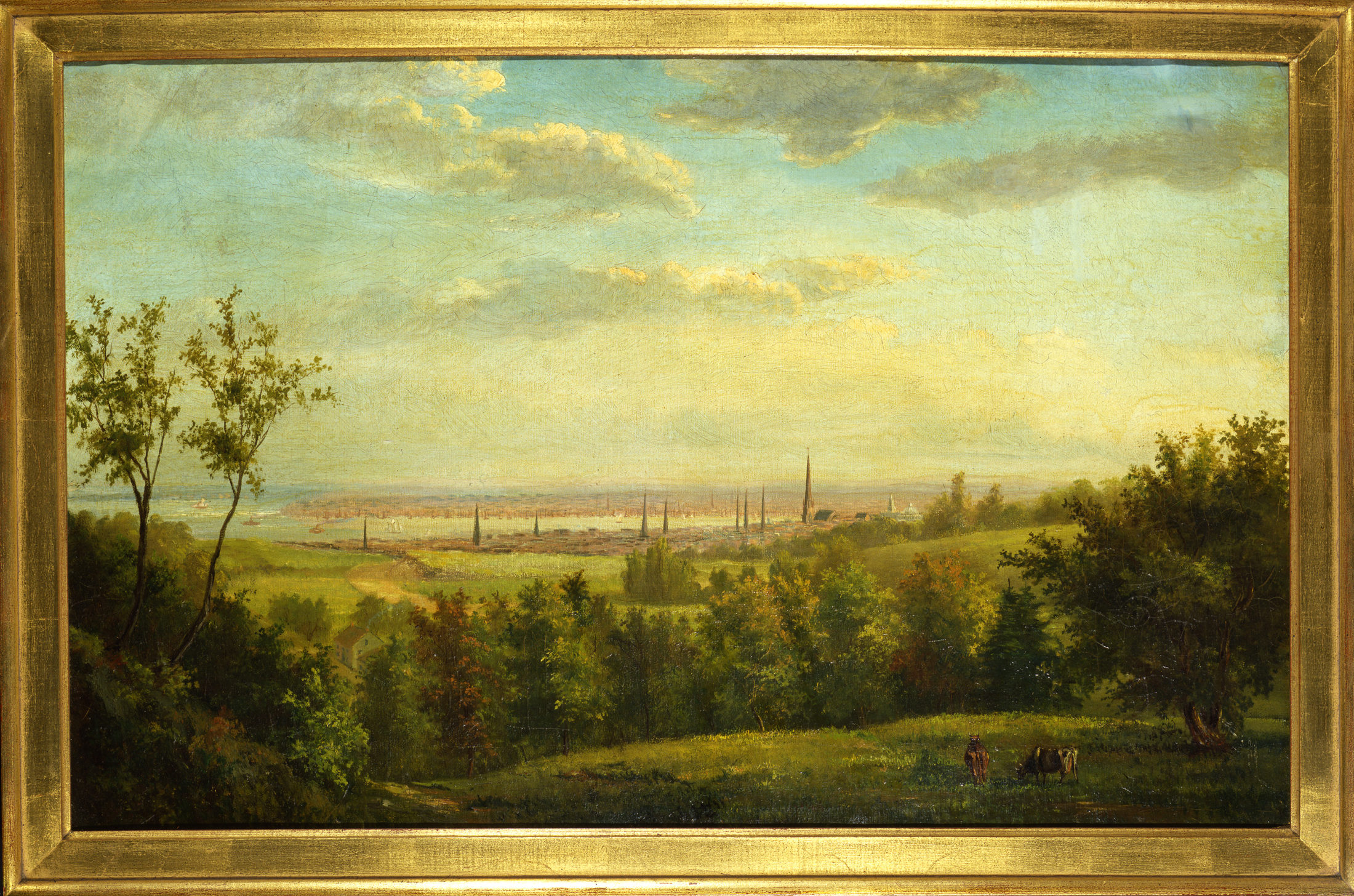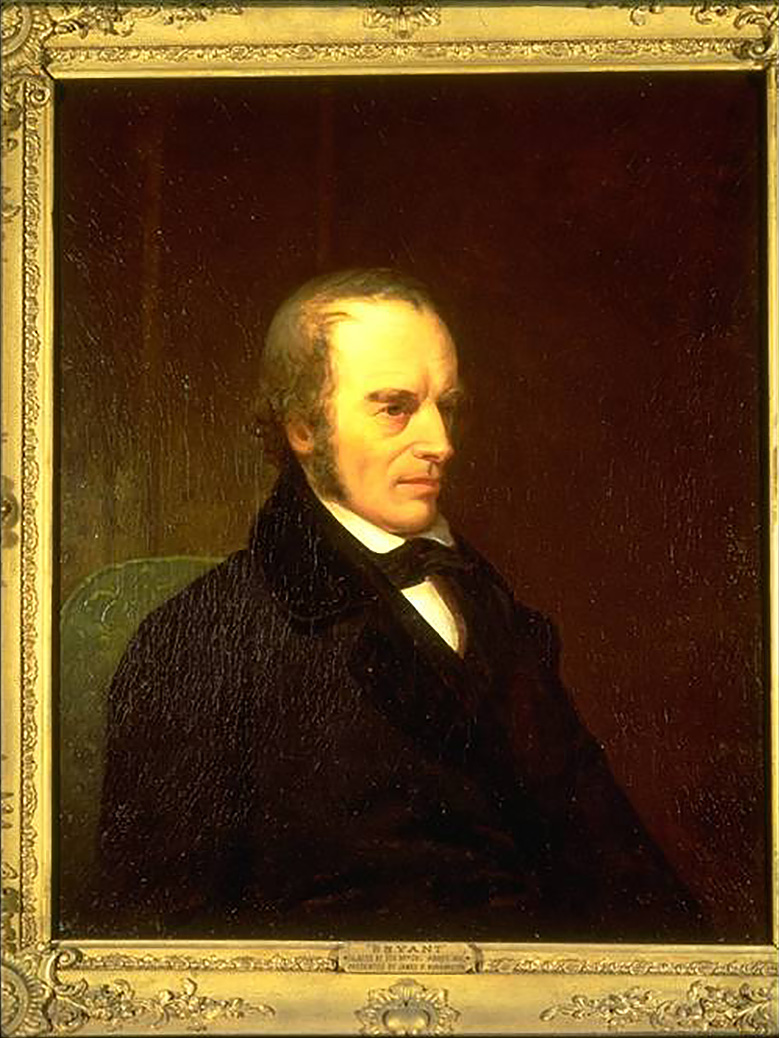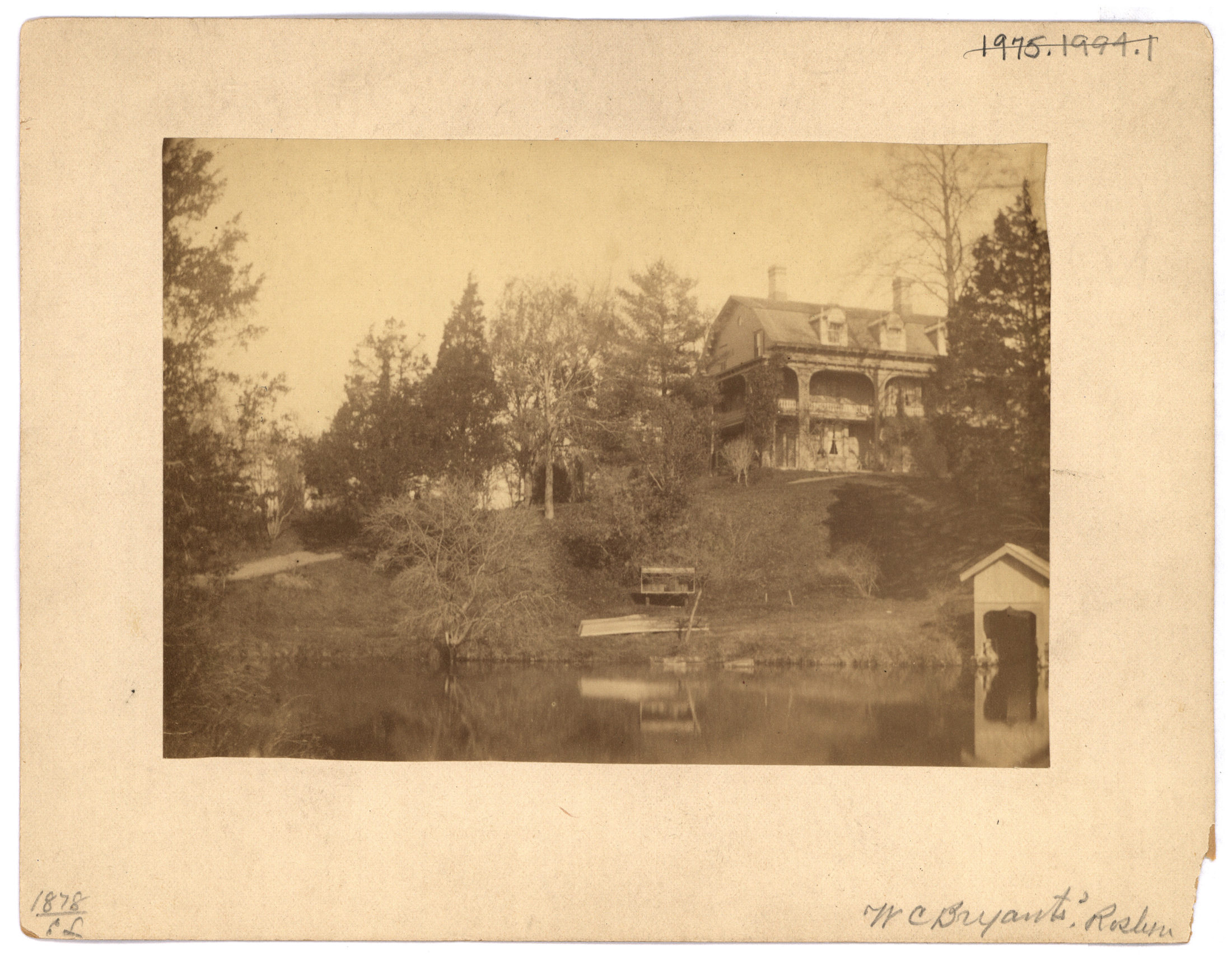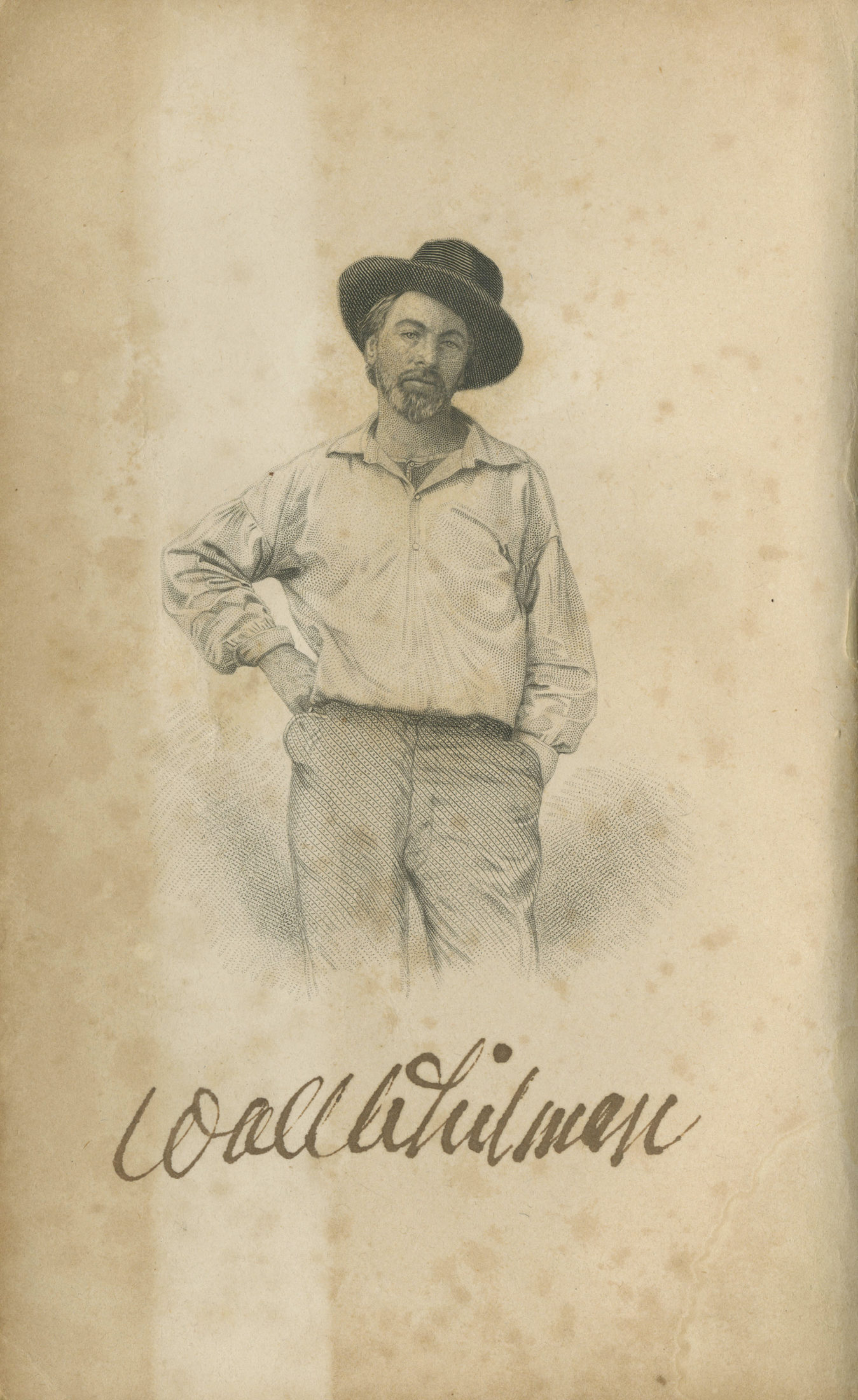“Sea-beauty! Stretch’d and basking!”
Long Island as Refuge and Artist’s Inspiration
In his characteristic quirky style, Bloodgood Cutter frequently meditated on his birthplace in his poetry:
Long Island is a famous place,
The grand resort of our city race;
They leave hot streets and dwellings there,
To come on it to breathe pure air.In many countries I have been,
And many grant resorts I’ve seen;
But take Long Island all around, Shores by the Sea and on the Sound,
With the privileges of the same,
Of many kinds that I can name
Not a household name today, Bloodgood Cutter was nevertheless part of a wave of artists—painters, writers, and poets—who were inspired by Long Island. As life in great urban centers like New York City and Brooklyn grew increasingly chaotic, polluted, and loud, these artists sought refuge in rural Long Island to the east, where the picturesque beauty of America survived and offered a haven for some.

Brooklyn in 1851, circa 1851
Francis H. Heinrich
M1974.104.1
Brooklyn Historical Society
In the 1800s and 1900s, artists including Winslow Homer, Frederick Church, Thomas Moran, and Jackson Pollock worked on and drew inspiration from Long Island. As author Elizabeth Champney wrote, they were attracted to towns like East Hampton because they provided “rural hooks for the landscape painter delightfully English in sentiment, [with] beach and sea panoramas, stormy cloud-battles or shimmering calm for the marine painter.”

North Shore of Shelter Island, 1878
George B. Brainerd
Early Brooklyn and Long Island photograph collection (V1972.1.079)
Brooklyn Historical Society
Some of America’s greatest wordsmiths lived on Long Island, including: F. Scott Fitzgerald (1896–1940), who owned a house in Great Neck, Nassau County, in the 1920s that inspired his literary masterpiece, The Great Gatsby; John Steinbeck (1902–1968), who owned a home in Sag Harbor and wrote several books while living on Long Island, including his last novel, The Winter of Our Discontent, which takes a line from Shakespeare as its title; newspaper editor and acclaimed poet William Cullen Bryant (1794–1878), who purchased extensive property in the village of Roslyn Harbor in 1843 and settled there in a grand country house he called Cedarmere, which is still standing today and is on the register of National Historic Places Register.

William Cullen Bryant, circa 1841
Cornelius Ver Bryck
M1974.114.1
Brooklyn Historical Society

View of Cedarmere, 1878
Elias Lewis Jr.
Early Brooklyn and Long Island photograph collection (V1972.1.562)
Brooklyn Historical Society
Even in this company, Walt Whitman (1818–1892) is still considered one of Long Island’s (and America’s) greatest poets. Born in Suffolk County, Whitman moved to Brooklyn when he was just four years old. He returned to the East End throughout his life. Known for his brief two-year stint in the 1840s as an editor of the Brooklyn Daily Eagle, a decade earlier he had founded Huntington’s first newspaper, The Long Islander. In his writing Whitman referred to Long Island as “Paumanok,” the American Indian term for the island meaning “land of tribute.”

Walt Whitman, 1856
Frontispiece of Leaves of Grass, second edition
PS 3201.1856
Brooklyn Historical Society